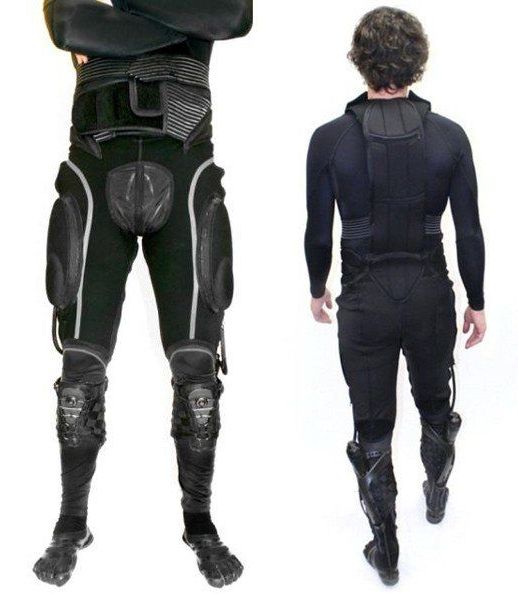Mar 6, 2018
Flippy the Burger Flipping Robot Is Now Cooking at the CaliBurger Fast Food Chain
Posted by Carse Peel in categories: food, robotics/AI
A burger-flipping robot named Flippy is now cooking up hamburgers at a fast food restaurant called Caliburger.
A robot named Flippy is now in the kitchen at a fast food restaurant called CaliBurger in Pasadena. We were there for a preview event where Flippy made us some lunch.
Follow KTLA Tech Reporter Rich DeMuro on Facebook or Twitter for cool apps, tech tricks & tips!


















